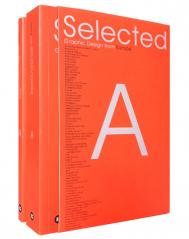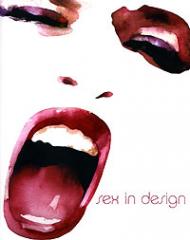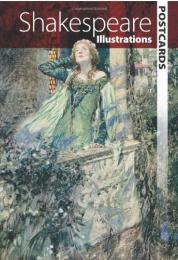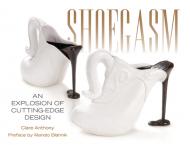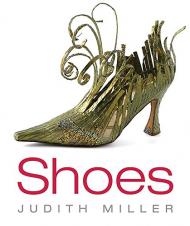Jeffrey Rutzky, Chris K. Palmer
ID:
10697
Shadowfolds — це багате поєднання традиційних мотивів, виражених у сучасному стилі. Техніка, започаткована художником Крісом К. Палмером, створює візерунки з однієї нерозрізаної панелі тканини за допомогою простого триетапного процесу.
У Shadowfolds Джефф Рутцкі, сам досвідчений і пристрасний орігаміст, і Палмер пропонують детальну та захоплюючу інформацію про техніку та її походження як у мавританській плитці, так і в класичному японському орігамі. Палмер вперше зіткнувся з вишуканою мозаїкою Альгамбри і зацікавився тим, що навчився перекладати ці візерунки на складений папір. Він звернувся за натхненням до робіт японських майстрів орігамі Томоко Фюзе, Джун Маекава, Тосікадзу Кавасакі та Шузу Фудзімото, а також до великих американських орігамістів Роберта Ленга та Пітера Енгела.
Потім був перехід до роботи по сукну. Гнучка властивість тканини дозволяє складати складки для збільшення та надання розмірності, якої немає на плоскій поверхні; а напівпрозорість додає неповторної складності геометричним візерункам. Коли лінії у візерунку складаються як складки, отримані форми, утворені складками, стають частиною художнього вираження матеріалу.
Можливості використання Shadowfolds у дизайні безмежні. Деякі аплікації використовують світло, що просвічує тканину, інші демонструють багатство складок, які мають власну глибину. На додаток до пояснення трьох дуже простих кроків техніки, автори показують, як навіть новачки папки можуть створювати захоплюючі витвори текстильного мистецтва, а також передовий одяг, аксесуари та домашні меблі, що містять ці тривимірні прикраси. Вони також включають розділ візерунків, тканини та ресурси для рукоділля.


